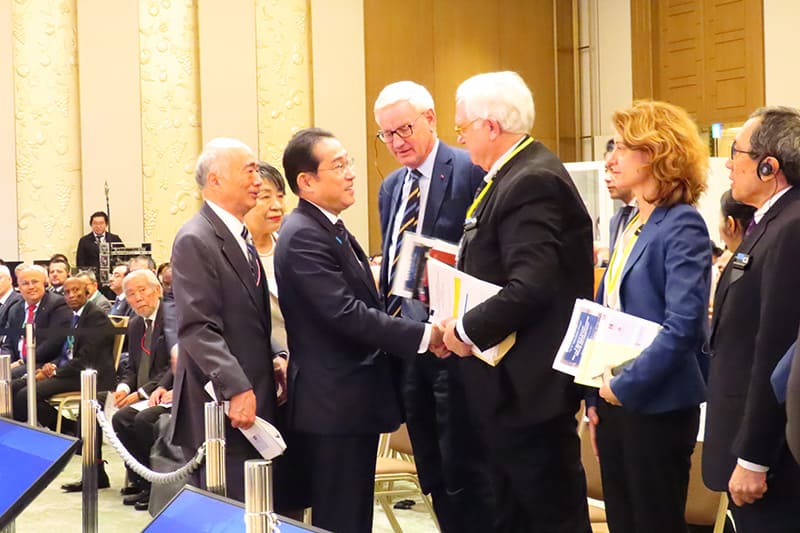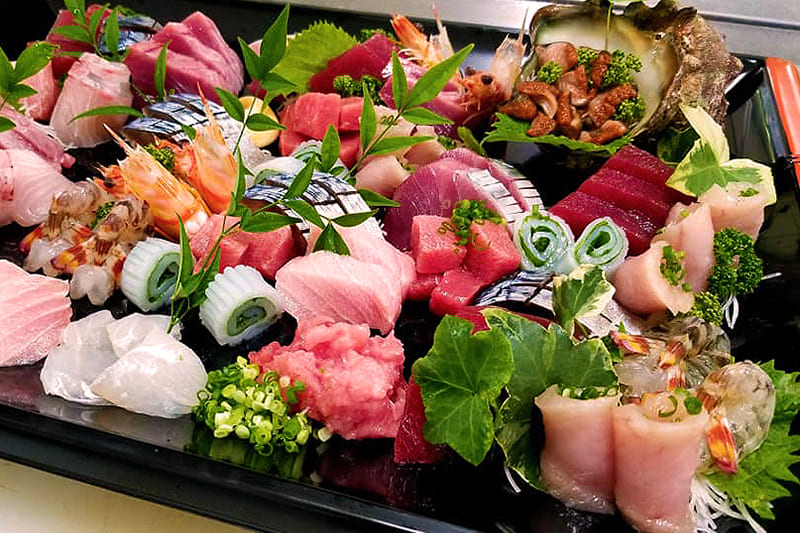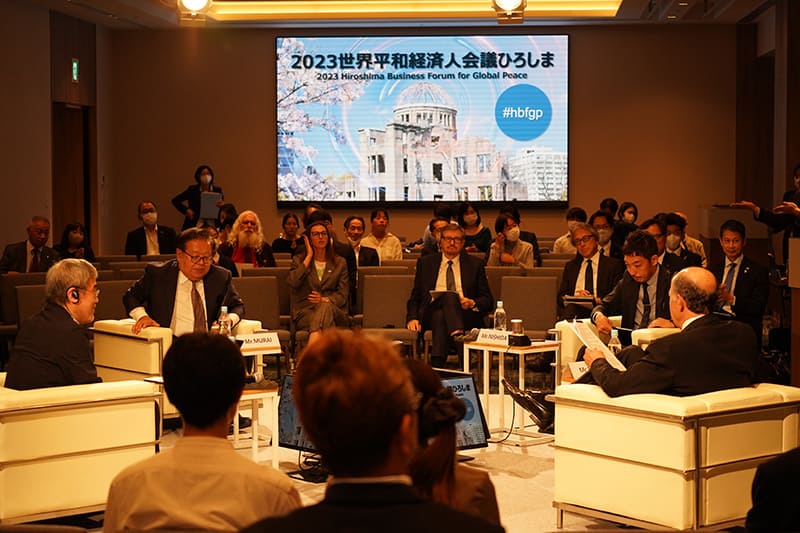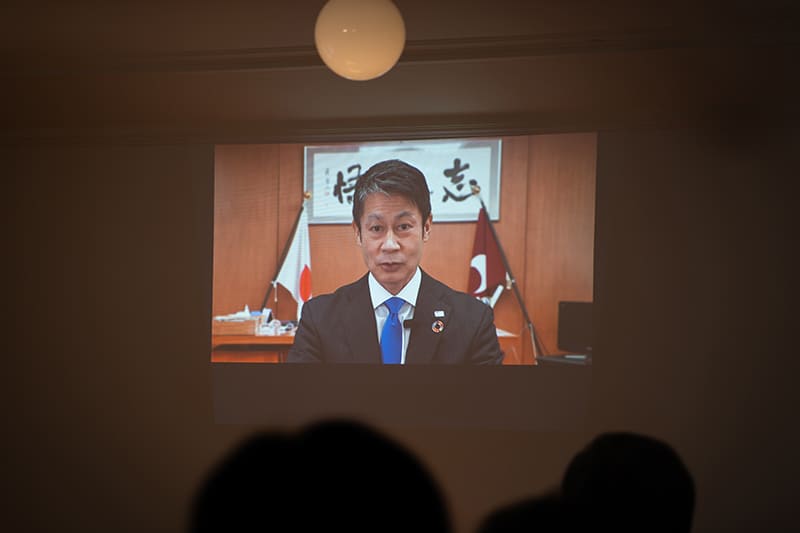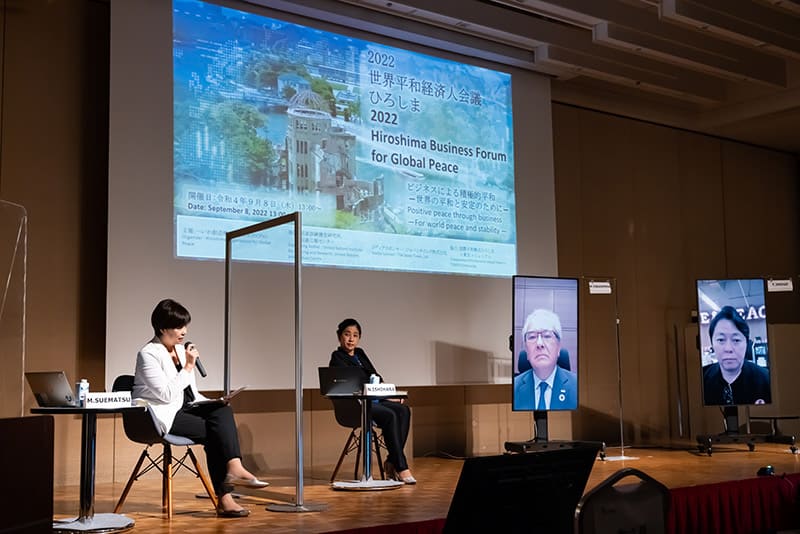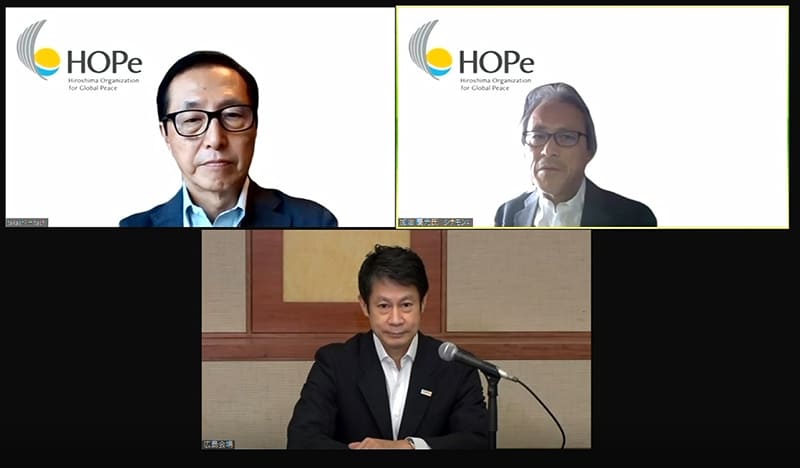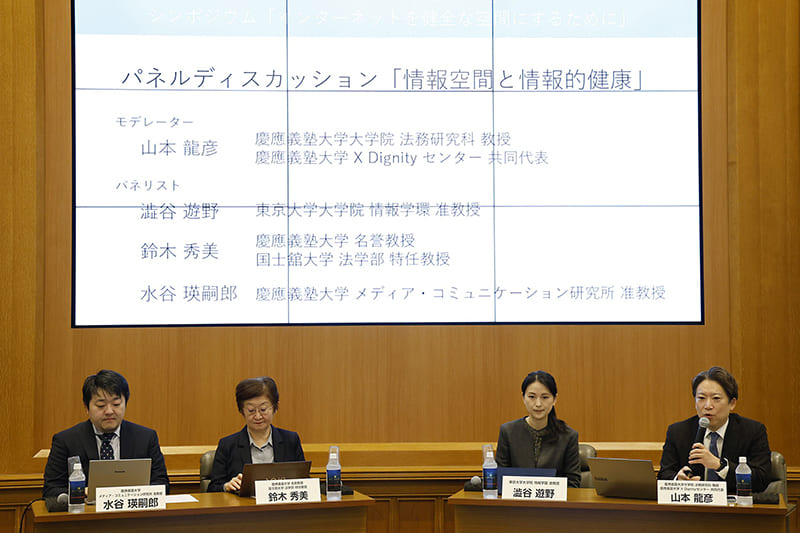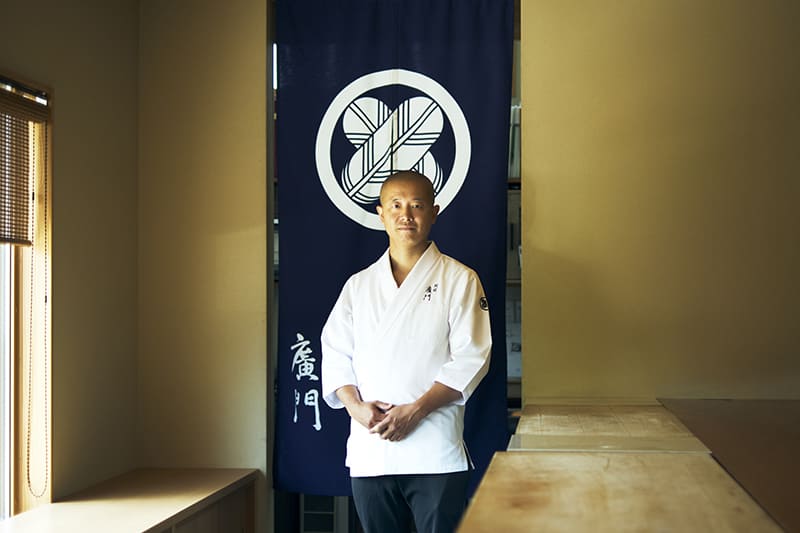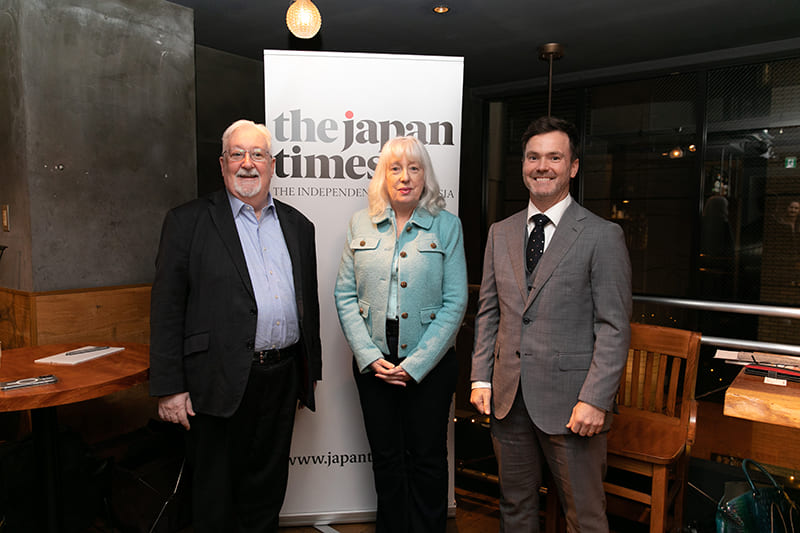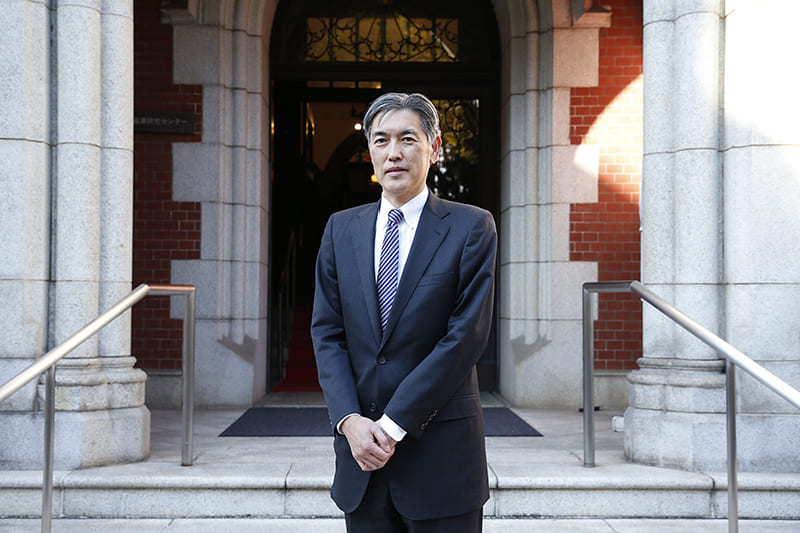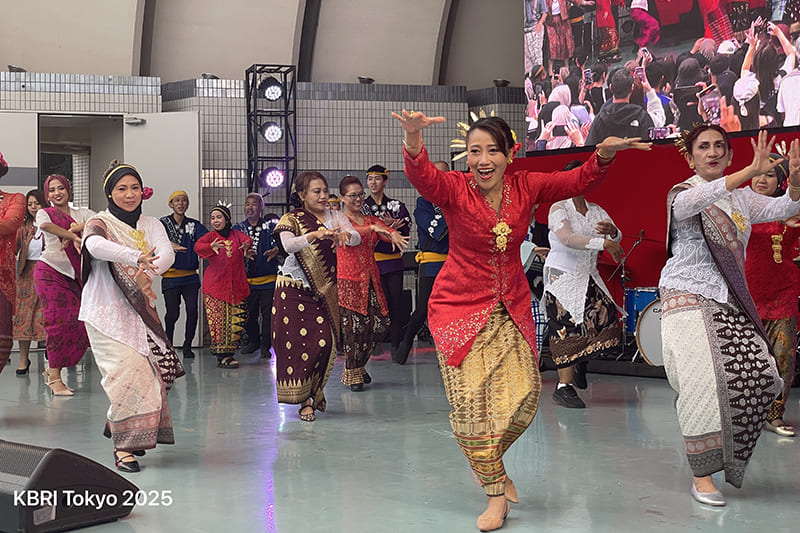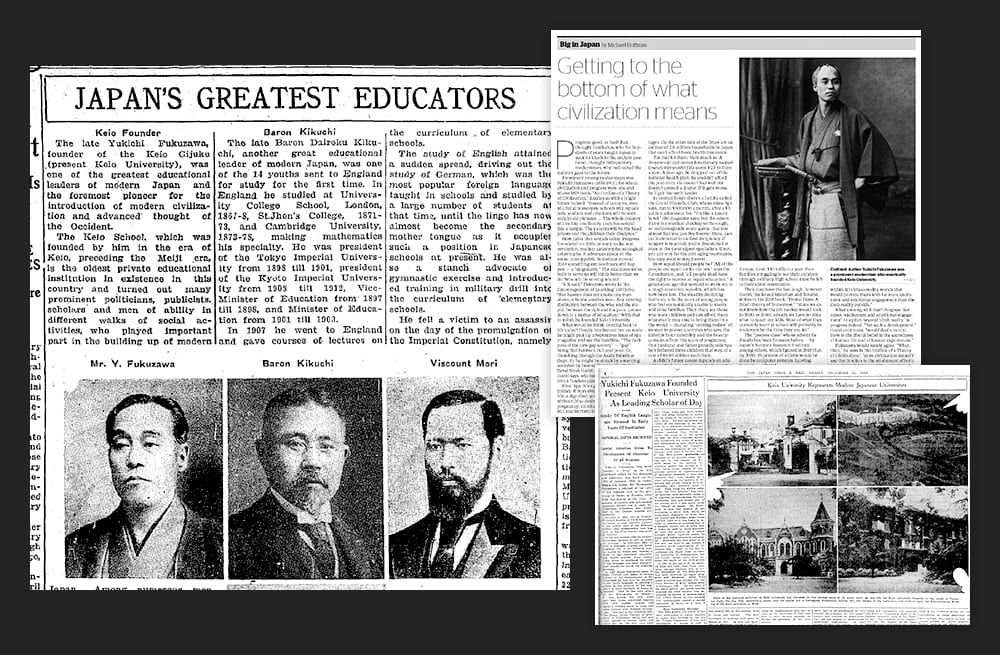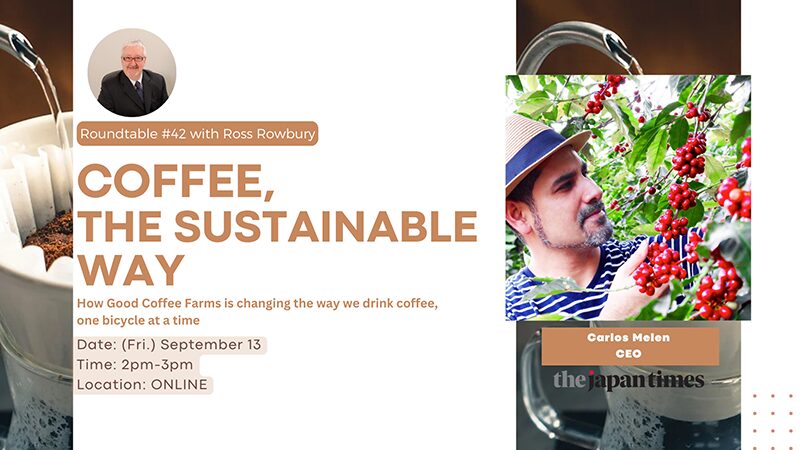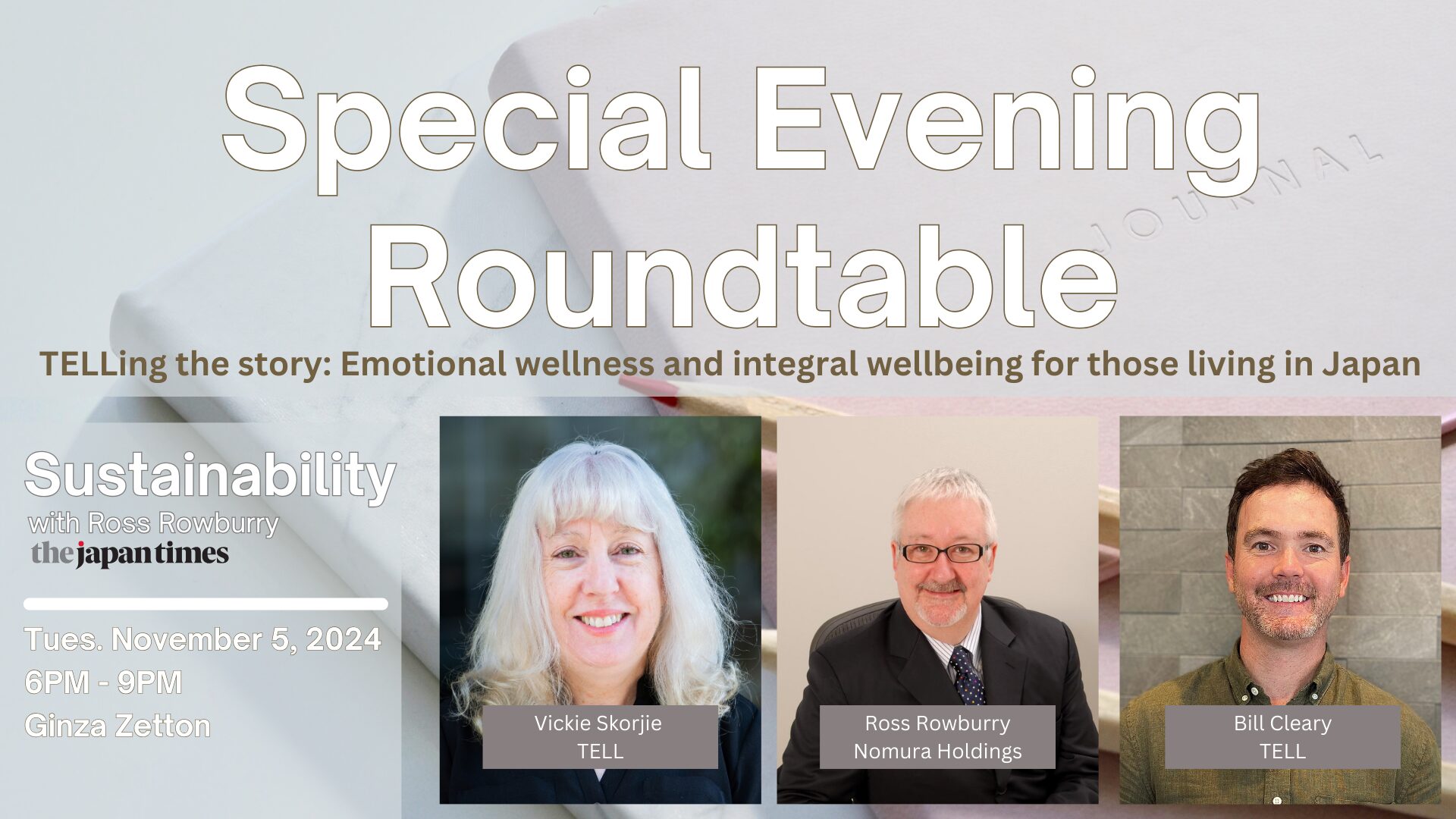July 22, 2025
Hiroshima to host experiential show Peace in the Dark
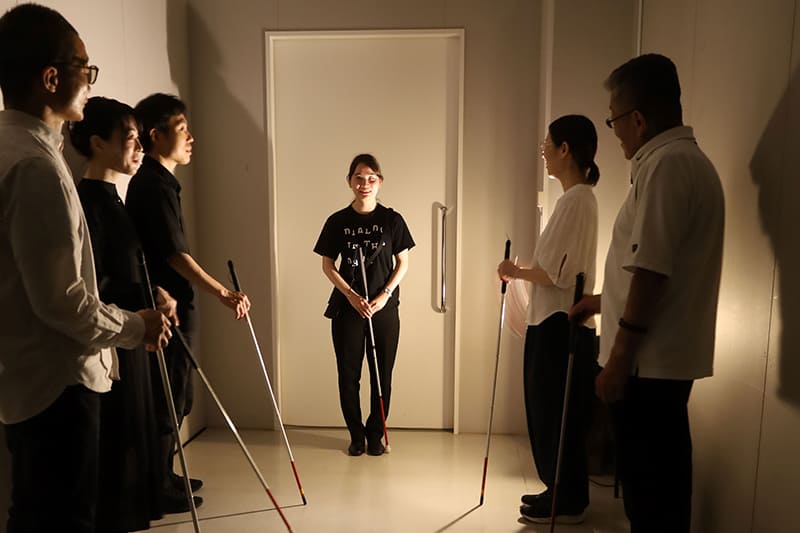
An experiential program titled Peace in the Dark will take place in Hiroshima this summer, marking 80 years since the atomic bombing. Designed as a space for deep reflection and dialogue on peace, it invites participants to converse in complete darkness. It draws on the philosophy of Dialogue in the Dark (DID), an initiative that encourages deeper human connection by removing visual cues.
This unique program is organized by the Dialogue Japan Society (DJS), a general incorporated association that has brought DID to Japan since 1999. Originally launched in Germany in 1988, DID has now been experienced by more than 9 million people in over 50 countries. In Japan alone, where the program has been running since 1999, over 300,000 participants have taken part in this groundbreaking initiative, which fosters empathy and inclusion.
Co-hosted with the city, it is part of Hiroshima’s official commemorative projects for the 80th anniversary of the bombing. The program will run from Aug. 2 to 11 at the former Hiroshima Branch of the Bank of Japan, a building that miraculously withstood the atomic blast just 380 meters from the hypocenter.
DJS founder Shinsuke Shimura explained the core structure of the program: “In DID, a group of around eight participants enters a space of total darkness. In our daily lives we rely heavily on sight, but in such an environment we quickly realize how helpless we become without it. In this setting, the guides are people with visual impairments.”
In the dark, roles are reversed: “Typically, people without disabilities assist those who are visually impaired,” Shimura said. “But in the dark, it’s the other way around — visually impaired guides support sighted participants. By letting go of vision, both sides can meet on truly equal ground. That’s the core concept behind the program.” In this space, mutual assistance arises naturally, and participants sharpen their nonvisual senses. It is within this environment that genuine, human-to-human dialogue begins to emerge.
The core theme of the program is to meet and engage in dialogue with diverse individuals on equal footing. In our modern society, we rarely have meaningful encounters with those who differ from us. DID aims to bridge these unconscious divides and foster shared creation beyond differences.
Participants often experience notable shifts in awareness. “Many say that after the program, they notice people with visual impairments or others in need more readily and feel confident reaching out to help,” Shimura said. The program cultivates a readiness to see and engage with previously overlooked aspects of society.
Facing others without relying on vision also leads to confronting our own unconscious biases. “People with impaired vision often have limited career options, or wheelchair users face mobility restrictions like limited seating on bullet trains,” Shimura said. “Without meeting them, we remain unaware of such realities.” These insights are also highly valued in school and corporate training programs, and DID has been widely adopted in both settings.
The guides in the dark, all visually impaired, are trained by DJS as professional attendants. Their role goes beyond employment; they participate in society on equal terms, offering a new perspective on inclusive employment models.
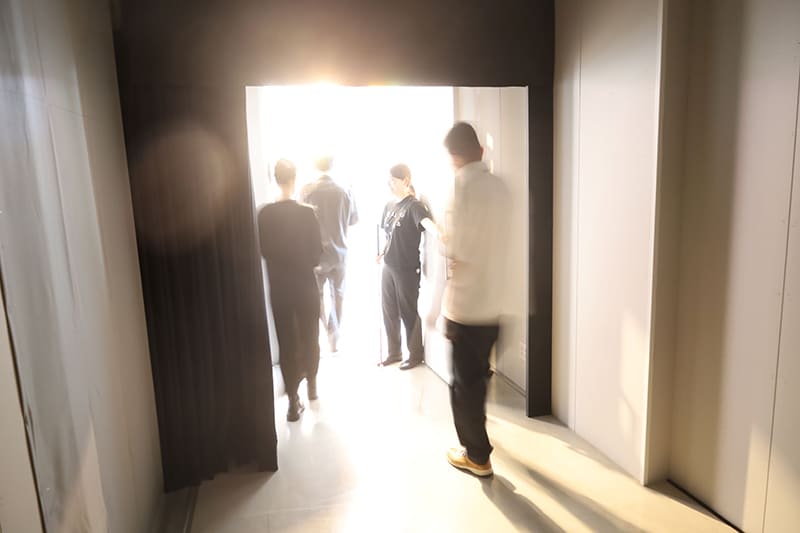
The program was conceived by the German philosopher Andreas Heinecke. With a Jewish mother and relatives who were victims of the Holocaust, he developed a keen awareness of the importance of dialogue across differences. After studying philosophy, he worked at a radio station, where he was assigned to help a 24-year-old journalist returning to work after losing his sight. Initially positioned as the helper, Heinecke soon realized he was the one learning. He came to a conclusion: To overcome prejudice and break down the walls between different cultures and perspectives, we need opportunities to meet. Through encounters and dialogue, people become aware of new realities and begin to see the world from entirely different points of view. That belief became the foundation of DID.
This summer, DID steps into a new phase with Peace in the Dark, a program that turns its attention to the question of peace. The experience encourages quiet reflection on the memory of war and the meaning of peace. The program is also being held in Tokyo at the Dialogue Diversity Museum (Taiwa no Mori), located in Hamamatsucho in Minato Ward, from July 5 to Aug. 31.
With sight removed, participants are invited to trace the lives of people during the war using only their imagination. The experience takes the form of a symbolic journey back to 1945 — before the atomic bombing — prompting reflection on the fragility of everyday life through touch and sound.
The venue chosen for the Hiroshima edition— the former Hiroshima Branch of the Bank of Japan — also played a key role in the city’s postwar recovery. Its underground vault, which survived the atomic bombing, had stored all of western Japan’s cash reserves at the time. Sensing the approach of war, the branch manager, Chiemaru Yoshikawa, took thorough fire prevention measures, including covering the rooftop with soil and removing surrounding wooden structures to create a firebreak.
Two days after the bombing, Yoshikawa gathered 12 banks to reopen operations in this building. Even without passbooks or IDs, citizens received their savings by verbal claim, a process marked by an extraordinary level of public trust. Very few cases of false claims were reported. This story of mutual trust remains a powerful symbol of recovery.
Kiyoe Shimura, the representative of DJS, emphasized the deeper message: “We want children to run not out of fear, but in joy. Even now, somewhere in the world, children are fleeing under the sky. What does peace really mean? We want them to think about it seriously and discover what they can do.”
Masahiro Taniguchi, a guide for DID, shared a formative childhood experience that inspired him to become a guide. “I’ve never experienced war firsthand,” he said, “but I did go through something that shattered my peaceful daily life in an instant.” He was 4 years old when the Great Hanshin Earthquake struck his hometown of Kobe early in the morning of Jan. 17, 1995. The quake caused a citywide blackout, and the rest of his family found themselves unable to move around in the complete darkness.
But Taniguchi, who had memorized the layout of their home, instinctively took the lead — guiding his parents and sister out, with them holding on to him like train cars. “In a crisis, even a 4-year-old tries to do something,” he recalled. “But what’s truly important is how we prepare before such situations arise: through ongoing dialogue in our daily lives.”
Reflecting on the wars happening around the world today, he continued, “There might have been ways to prevent even the wars we see now. Through Peace in the Dark, I hope it gives as many people as possible a chance to think about what they can do personally to contribute to peace.”
Shinsuke Shimura addressed the question of why this program is being held now. “Some might say it could wait until the 90th anniversary,” he said. “But those who were first graders at the time are now 86 years old. By the time we reach the 90th year, there will likely be far fewer people who experienced the war firsthand. That’s precisely why we feel this is the right moment — to hold it now, this summer, in both locations.”
“The antonym of war is not simply peace, but the effort to continue a fair dialogue,” Heinecke once said. In an age rife with division and conflict, his message resonates more than ever. Children looking up not at fighter jets but at clear blue skies, with smiles on their faces — this is the wish for which Peace in the Dark is being held.

